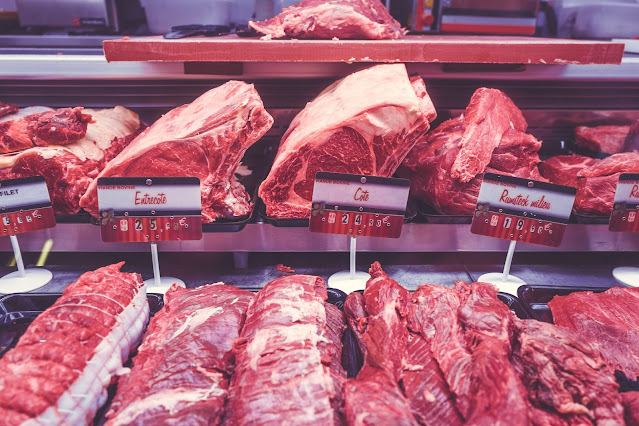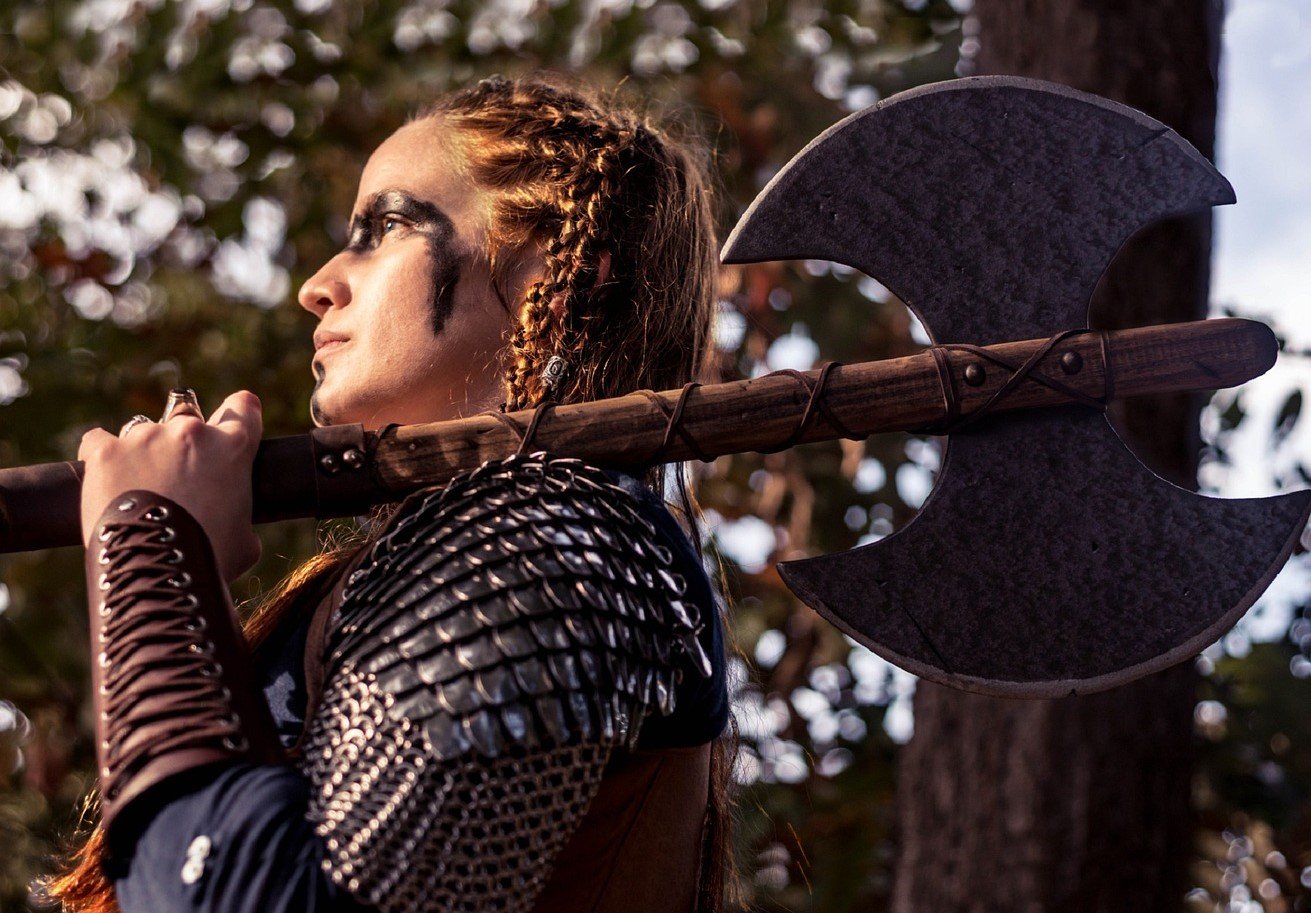Gradually man spread all over the world. Correspondingly, goats, cattle, and other animals spread. Ten thousand years ago there were millions of cattle, goats, sheep, chickens and pigs. But today they have grown to billions.
Today, there are one billion sheep, one billion cattle, one billion pigs, and twenty-five billion chickens worldwide. As a result of the pre-human agrarian revolution, the number of these animals increased by billions.
These animals are the most miserable, unfortunate animals in the world. The cruel process of using these animals for human consumption goes back centuries.
When a chicken grows naturally, the lifespan of that chicken is about 7 to 12 years. A naturally growing cow is about 20 to 25 years old. But the lifespan of these animals for meat is only a few weeks or a few months. If a chicken gains maximum weight in three months, it is clear that feeding more than that is an economic loss. The same goes for the cow, the sheep or the pig.
As soon as calfskin is born, it is separated from the mother and placed in a small cage. The cage is gradually enlarged to a maximum of about four months. When grown in this way without shaking, energy expenditure is minimized. And then you can get soft meat so that the muscles do not become tight.
It is very difficult to add facts to this chapter without incorporating religion, as the influence of religions on the human mind cannot be overstated. Therefore, religion has joined the vicious cycle of raising animals for human consumption, and the halal Muslim system or the kosher Jewish system, no matter what it says, justifies this large-scale slaughter.
The word of God, which says that animals are created for human consumption, is used here with reverence.
When raising animals for meat as well as for other purposes, their natural instincts and behavior are disrupted. For example, crushing the testicles of male cows and inactivating them is a tactic used to reduce the cow’s stubbornness.
One measure of a man’s wealth in New Guinean society is the number of pigs he has. One of the tricks the New Guineans use to prevent these pigs from escaping from the cage is to cut off the front of the pig’s nose.
Such a pig can no longer find food on its own, as it then causes severe pain when the pig touches the ground to smell it. Then the pig must depend on the food given by the man. The other method is to pluck out the eyes of these pigs when they become adults.
All of the above tortured animals are given without even anesthesia.
Similar inhumane methods are used for animal milk products. Cows, sheep, and goats receive milk only when they have calves. One of the methods used here is to kill the calf immediately after birth. After that the ‘milk belonging to the calf’ can be used by the people within a certain period of time. Until the slaughter on a modern animal farm in operation today, a cow is about five years old.
Milk production is maximized by keeping the cow pregnant for most of this life.
Another tactic for milking a cow is to keep the calf visible to the cow. The other well-known method is to give the calf some milk, remove it immediately from the cow, and use the milk for human consumption. Another inhumane practice is to kill the calf, take the flesh, and place the skin of the calf close to the cow. Even then milk production increases.
The Nuer tribe in Sudan use another inhumane method. They wear a ring of sharp spikes around the calf’s mouth. Then the calf goes near the cow, but the cow is not allowed to drink milk. But the love for the calf increases the weaning.
The Tuareg tribe, a native of the Sahara Desert, cut off the calves’ lower lips to prevent milk from the female camels. Then it is a pain for them to suck milk. But because the calf is close to the camel, the milking is increased.
Man is the only animal in the world that drinks the milk of another animal. Also, humans are the only animals that drink milk after infancy. An enzyme called lactase is produced by human cells that line the walls of the small intestine. This part is lost as the human grows, and the production of that enzyme stops.
This is why breastfeeding is useless for adults as well as for those who have not drunk milk for a long time.
It is clear that the Agricultural Revolution, which began about ten thousand years ago, was a catastrophe for the animal kingdom. As a result of that catastrophe, the harm caused to the world by the carbon emissions from such a large and depleted animal population is enormous.








